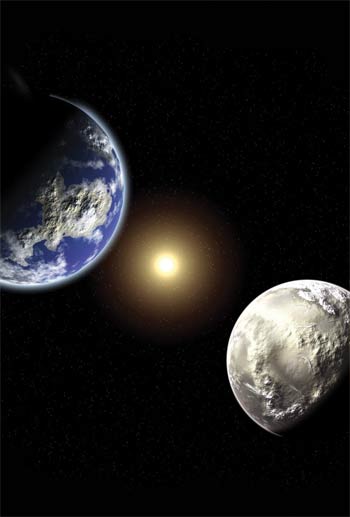| …Something else has to be behind things, somehow guiding them. And that, one might say, is a kind of mathematical proof of divinity. (Guy Marchie, American Science Writer) 1 |
During the night of July 4th in 1054, Chinese astronomers witnessed an extraordinary event: a very bright star that suddenly appeared near the constellation Taurus. It was so bright that it could easily be seen even in daytime. At night it was brighter than the Moon.
What Chinese astronomers observed was one of the most interesting and catastrophic astronomic phenomena in our universe. It was a supernova.
A supernova is a star that is shattered by an explosion. A huge star destroys itself in an immense blast and the material of its core is scattered in every direction. The light produced during this event is a thousand times brighter than normal.
Scientists today think that supernovas play a key role in the formation of the universe. These explosions are what cause different elements to be carried to different parts of the universe. It is supposed that the material ejected by these explosions subsequently combines to form a new galaxy or a star somewhere else in the universe. According to this hypothesis, our solar system, the Sun and its planets including Earth, are the products of some incredibly ancient supernova.
Although supernovas may seem to be ordinary explosions, they in fact are minutely structured in their details. In Nature’s Destiny Michael Denton writes:
The distances between supernova and indeed between all stars is critical for other reasons. If the distance between stars in our galaxy was much less, planetary orbits would be destabilized. If it was much more, then the debris thrown out by a supernova would be so diffusely distributed that planetary systems like our own would in all probability never form. If the cosmos is to be a home for life, then the flickering of the supernova must occur at a very precise rate and the average distance between them, and indeed between all stars, must be very close to the actual observed figure. 2
The ratio of supernovas and stars’ distances are just two more of the fine-tuned details of this miraculous universe. Examining deeper the universe the arrangement we see is beautiful both in the organization and order.
1. Guy Murchie, The Seven Mysteries of Life, Boston: The Houghton Mifflin Company, 1978, p. 598
2. Michael Denton, Nature’s Destiny, p. 11

